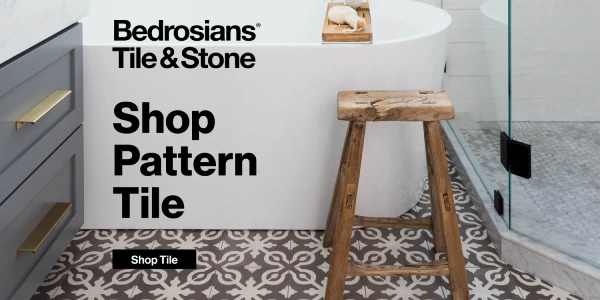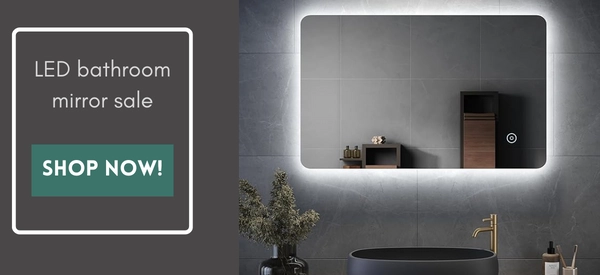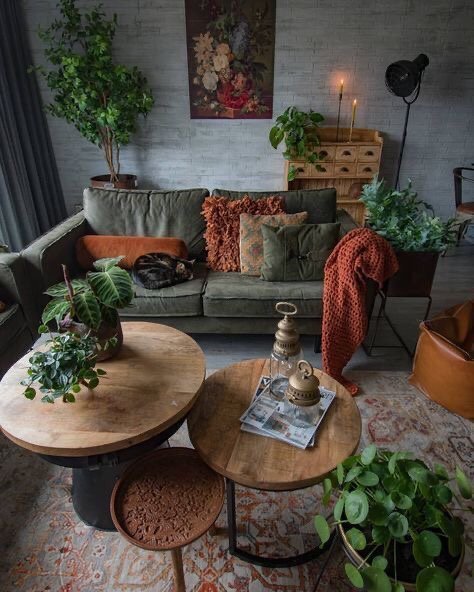Wall cladding is about layering one material on another to protect the wall from weather agent effects and internal walls from being damaged through water leakage. There are various types of cladding, and they can be formed with different materials. Wall cladding can be done on the interior and exterior parts of the building, and many industries also do wall cladding to protect their walls.
Advantages of wall cladding
Cladding is a barrier to shield walls from direct exposure to the elements that can damage them.
- Cladding enhances the mechanical strength of the building
- Give an aesthetic look and protect the underlying structure.
- Provides thermal insulation
- Wall becomes resistant to cracks with the temperature rise.
- Minimizes water absorption
- Walls become resistant to sunlight.
- Protect walls from chemical pollution
Different types of wall cladding
Wall cladding varies based on the fabrication material used. With the increase in demand for wall protection, lower cost and advanced technology, several choices are available for wall cladding.
Natural stone cladding

The cost of natural stone cladding depends on which stone is used, like sandstone, slates, marble, granite, or quartz. The cost will also vary based on the size and shape required. Cladding can be done in stone strips and vary from 2 to 15 rows. Hence more adhesive will be required with the increase in the number of pieces in the single stone cladding. Stone cladding adds the desired warmth to the building.
Aluminum Cladding
Aluminium offers much more advantages over other types of metal cladding. It is a widely used industrial wall cladding. The weight of aluminium is around a third of the weight of steel. Because of this aspect, this metal lasts for several decades. Also, aluminium is recyclable and retains its property in any condition. It can be easily moulded in any shape and size, making it an ideal metal for wall cladding in industries and other sectors.
Stainless steel cladding
Stainless steel is quite durable and resistant to outside environmental conditions. The metals comprise 10% chromium which reacts with oxygen to form a passive chromium oxide layer which again resists corrosion. Such type of cladding is used for industrial wall cladding.
Brick cladding
Brick cladding bricks are very lightweight and are available in different colours. Like other cladding materials, bricks also give full protection against external elements. Brick cladding is resistant to cracks, rot or other pollutants. This type of cladding keeps the building cool in summer and warm in winter; also, they mix perfectly with the industrial design to provide a natural energy source.
Glass Cladding
This cladding can be employed both for external and internal applications. This cladding is much more affordable than other decoration forms like painting and tiling. This cladding can give an attractive look to the commercial interior and maintain the wall surface efficiently. Various glass cladding options are available in the market, which includes enamel, laminated, specially treated glass, curved and tempered. All these varieties of glass cladding can meet modern architectural requirements.
External foam Cladding
It is made up of foam, such as expanded polystyrene. This polystyrene material contains a coating to increase the strength of cladding panels and make them resistant to external impacts. It is available in the form of panels which differs in size and thickness and thus can meet the need of buildings.
Where to get professional cladding for your home
Contact professional cladding contractors if you want wall cladding for your residential or commercial building. These contractors can also suggest the best type of cladding suitable for your building.


